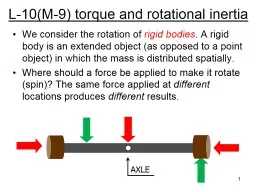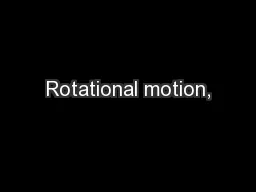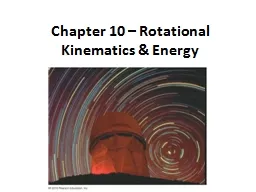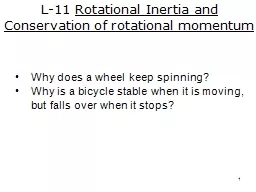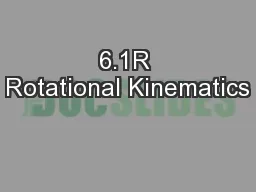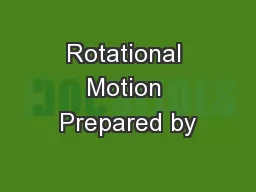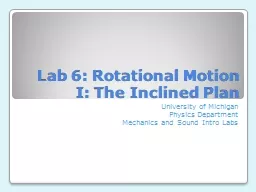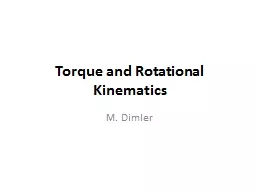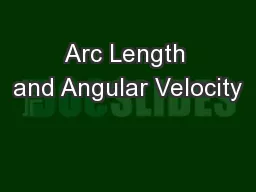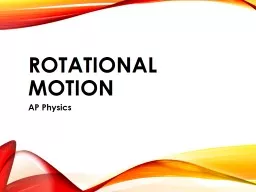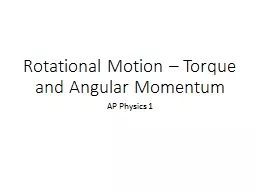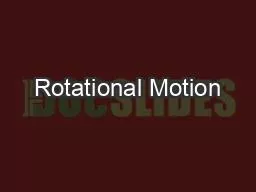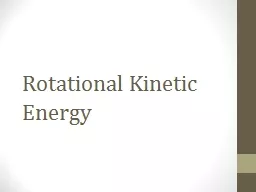PPT-Lecture 7:Rotational motion
Author : myesha-ticknor | Published Date : 2017-06-17
Physics 1 NTC Angular Motion General Notes When a rigid object rotates about a fixed axis in a given time interval every portion on the object rotates through the
Presentation Embed Code
Download Presentation
Download Presentation The PPT/PDF document "Lecture 7:Rotational motion" is the property of its rightful owner. Permission is granted to download and print the materials on this website for personal, non-commercial use only, and to display it on your personal computer provided you do not modify the materials and that you retain all copyright notices contained in the materials. By downloading content from our website, you accept the terms of this agreement.
Lecture 7:Rotational motion: Transcript
Download Rules Of Document
"Lecture 7:Rotational motion"The content belongs to its owner. You may download and print it for personal use, without modification, and keep all copyright notices. By downloading, you agree to these terms.
Related Documents


